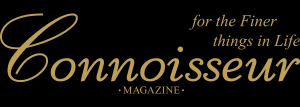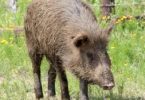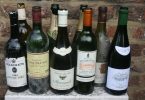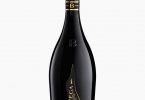‘Dungheap Food’ – Eating out in Berlin
You may also like
Can Wine Help – Happy Easter to...
3 weeks ago
My Night With Boris
4 years ago
My Memories of Michael Broadbent
4 years ago
Whisky: The Connoisseur Guide
5 years ago
The Spirit of Christmas Present
5 years ago
Austerity and Prosecco
5 years ago






